TP - As part of research to understand how the human body makes skin, this discovery could over time be used to slow down the signs of aging.
 |
| By understanding how skin develops, researchers hope to slow the signs of aging. |
A team of scientists has discovered how the human body creates skin from stem cells and even regenerated small amounts of skin in the lab. This is part of a study aimed at understanding how cells create each part of the human body. In addition to fighting the aging process, the findings could also be used to produce artificial skin for transplants and to prevent scarring.
The Human Cell Atlas Project is one of the most ambitious research programmes in biology. It is international in scope but is currently centred at the Wellcome Sanger Institute in Cambridge, UK.
One of the project’s leaders, Professor Muzlifah Haniffa, said the project would help scientists treat diseases more effectively, find new ways to keep us healthy for longer and maybe even help us look younger. “If we understand how cells change from early development to aging in adulthood, then we can learn how to rejuvenate organs, how to make skin look younger,” said Professor Haniffa.
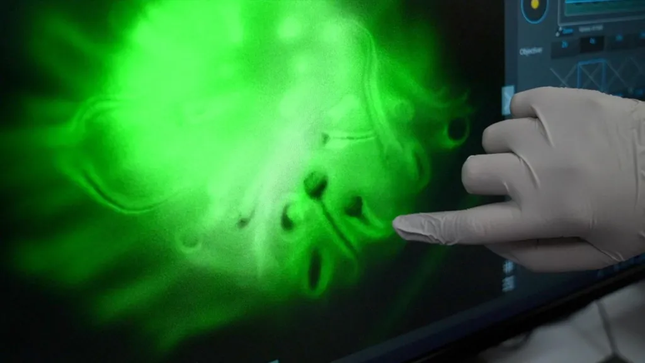 |
| A small patch of skin grown in a lab |
While that vision is still a long way off, researchers have recently made significant progress, particularly in understanding how skin cells develop in the fetus – the earliest stage of human development.
When an egg is first fertilized, all of a person’s cells are the same. But after three weeks, specific genes inside these “stem cells” become activated, passing on instructions on how to specialize and clump together to form different parts of the body. Researchers have identified which genes are turned on when and where to form the body’s largest organ: the skin.
Published in the journal Nature, the researchers essentially have the instructions for making human skin, opening up a whole host of exciting possibilities. Scientists already know, for example, that fetal skin can heal without scarring. The instructions detail this process, and a new area of research is looking at whether it can be replicated in adult skin, for use in surgery.
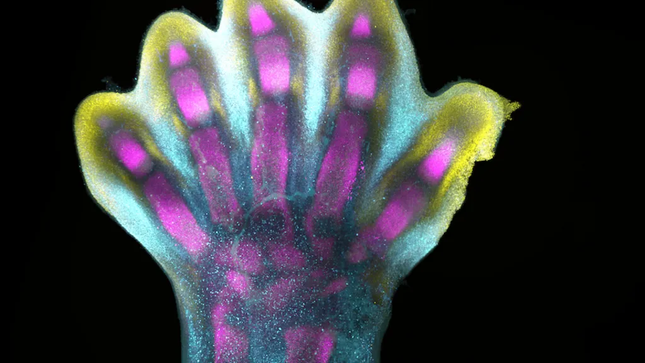 |
| A developing human foot, with different colored dots representing genes that make up bone, muscle and cartilage. |
In another major advance, scientists have discovered that immune cells play a key role in the formation of blood vessels in the skin. They have used chemicals to turn genes on and off at the right time and in the right place to grow artificial skin from stem cells. So far, they have grown small patches of skin, and the ultimate goal, according to Professor Haniffa, is to perfect the technique. “If you know how to make human skin, you can use it as a tissue transplant for burn patients. Another example is if you can make hair follicles to promote hair growth for bald people,” she said.
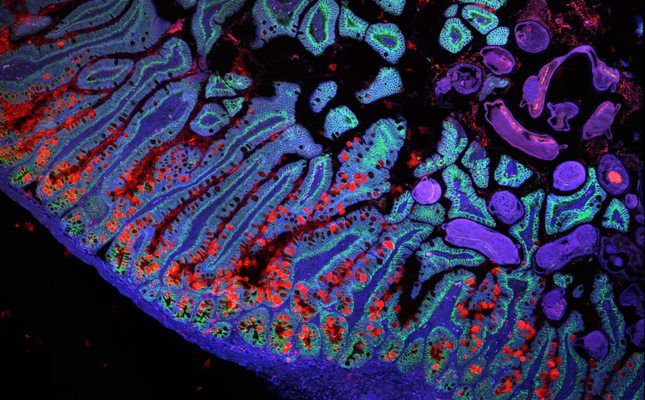 |
| Genes are activated to develop the lower intestine. |
Artificial skin could also be used to understand genetic skin diseases and test potential new treatments.
The Human Cell Atlas project has analysed 100 million cells from different parts of the body in its eight years of operation. It has already created maps of the brain and lungs, and researchers are now studying the kidneys, liver and heart.
The next step is to piece the individual maps together, says Professor Sarah Teichmann of the University of Cambridge, one of the founding scientists and leader of the Human Cell Atlas. “This is incredibly exciting because it gives us new insights into physiology, anatomy, about the human being. It will lead to rewriting the textbooks about ourselves, our tissues and organs and how they work,” she says.
Instructions on how other parts of the body develop will be released in the coming months – until we finally have a complete picture of how humans are made.
Source: https://tienphong.vn/nghien-cuu-san-xuat-da-nhan-tao-de-chong-gia-post1683874.tpo



![[Photo] "Beauties" participate in the parade rehearsal at Bien Hoa airport](https://vstatic.vietnam.vn/vietnam/resource/IMAGE/2025/4/11/155502af3384431e918de0e2e585d13a)
![[Photo] Looking back at the impressive moments of the Vietnamese rescue team in Myanmar](https://vstatic.vietnam.vn/vietnam/resource/IMAGE/2025/4/11/5623ca902a934e19b604c718265249d0)







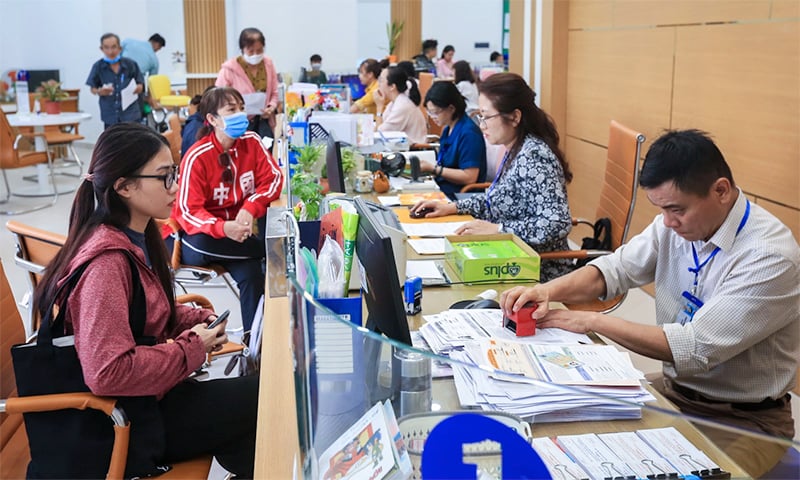




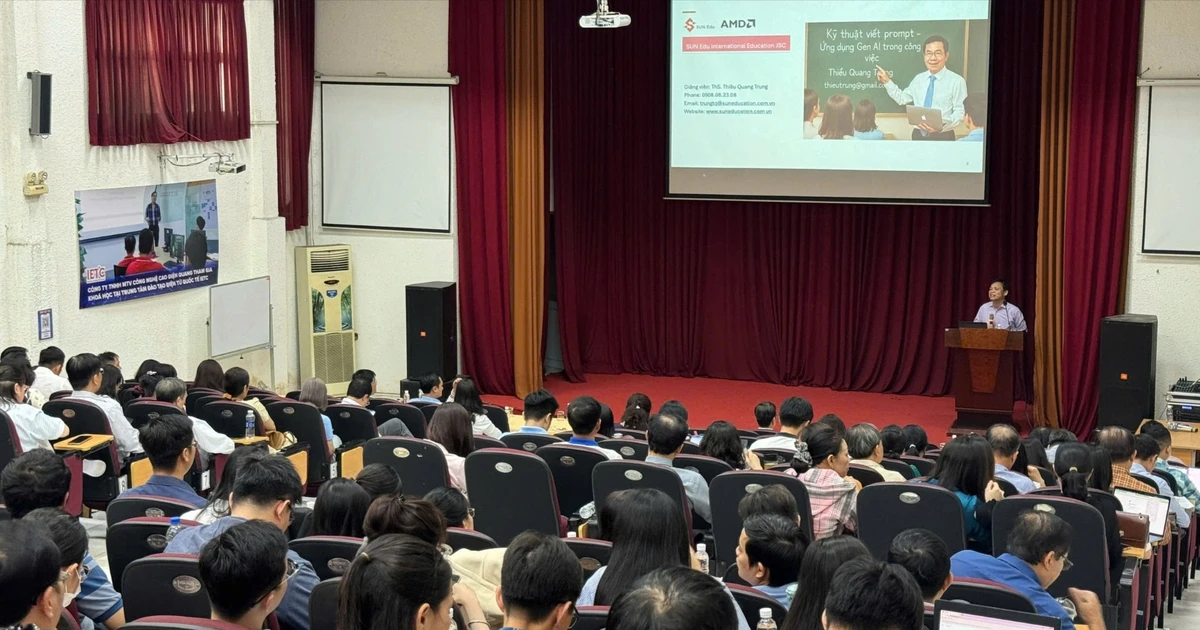
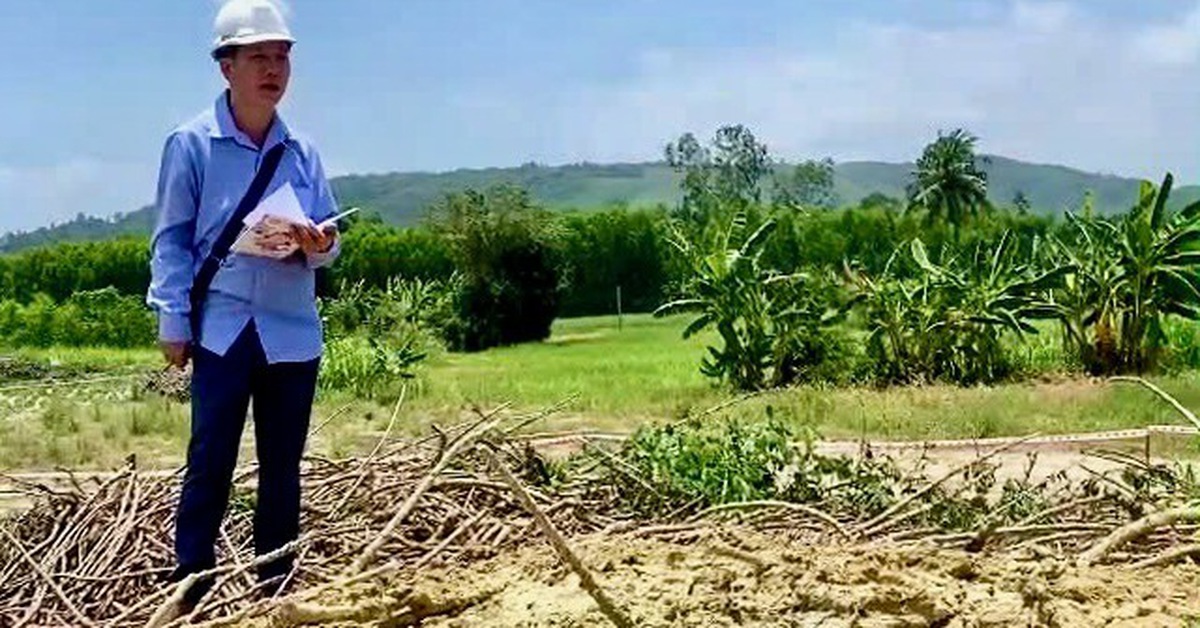

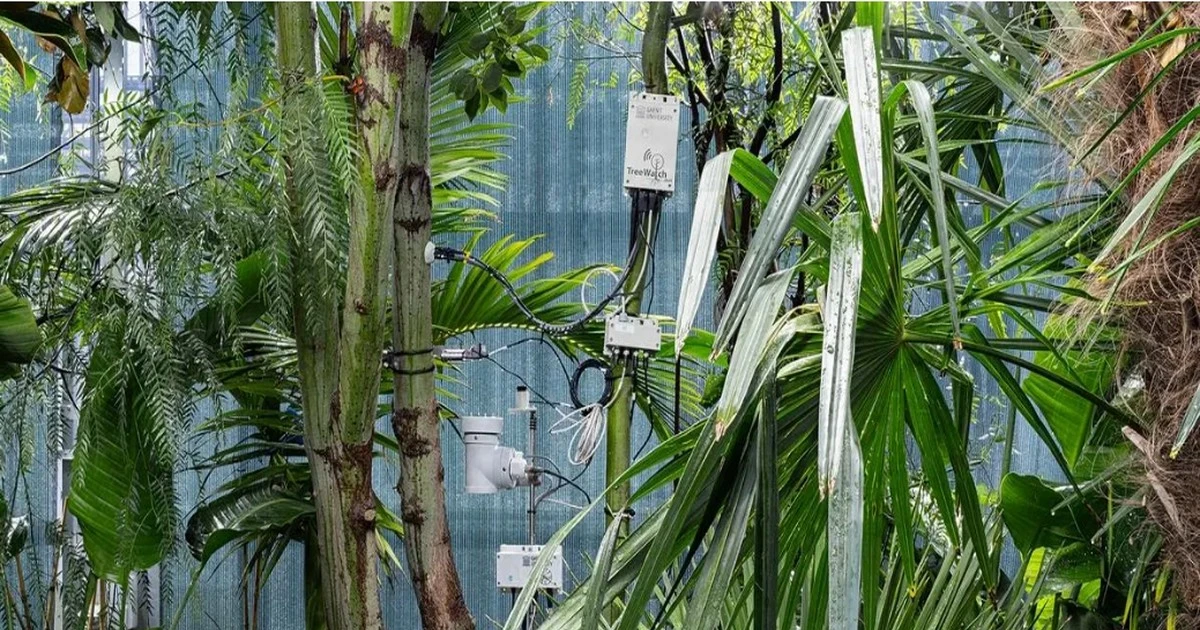








![[Photo] Summary of parade practice in preparation for the April 30th celebration](https://vstatic.vietnam.vn/vietnam/resource/IMAGE/2025/4/11/78cfee0f2cc045b387ff1a4362b5950f)













































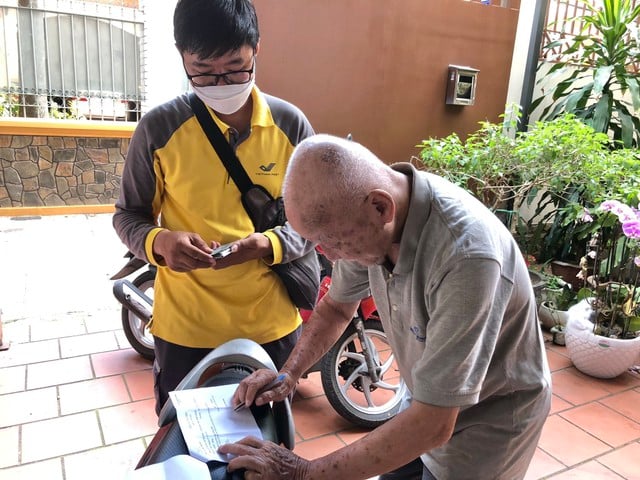

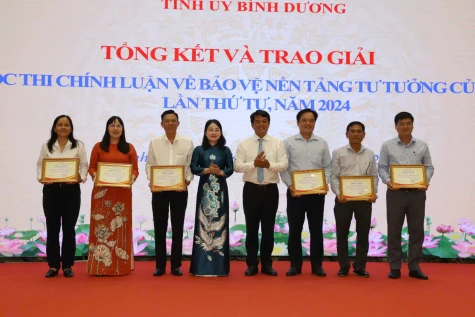













Comment (0)